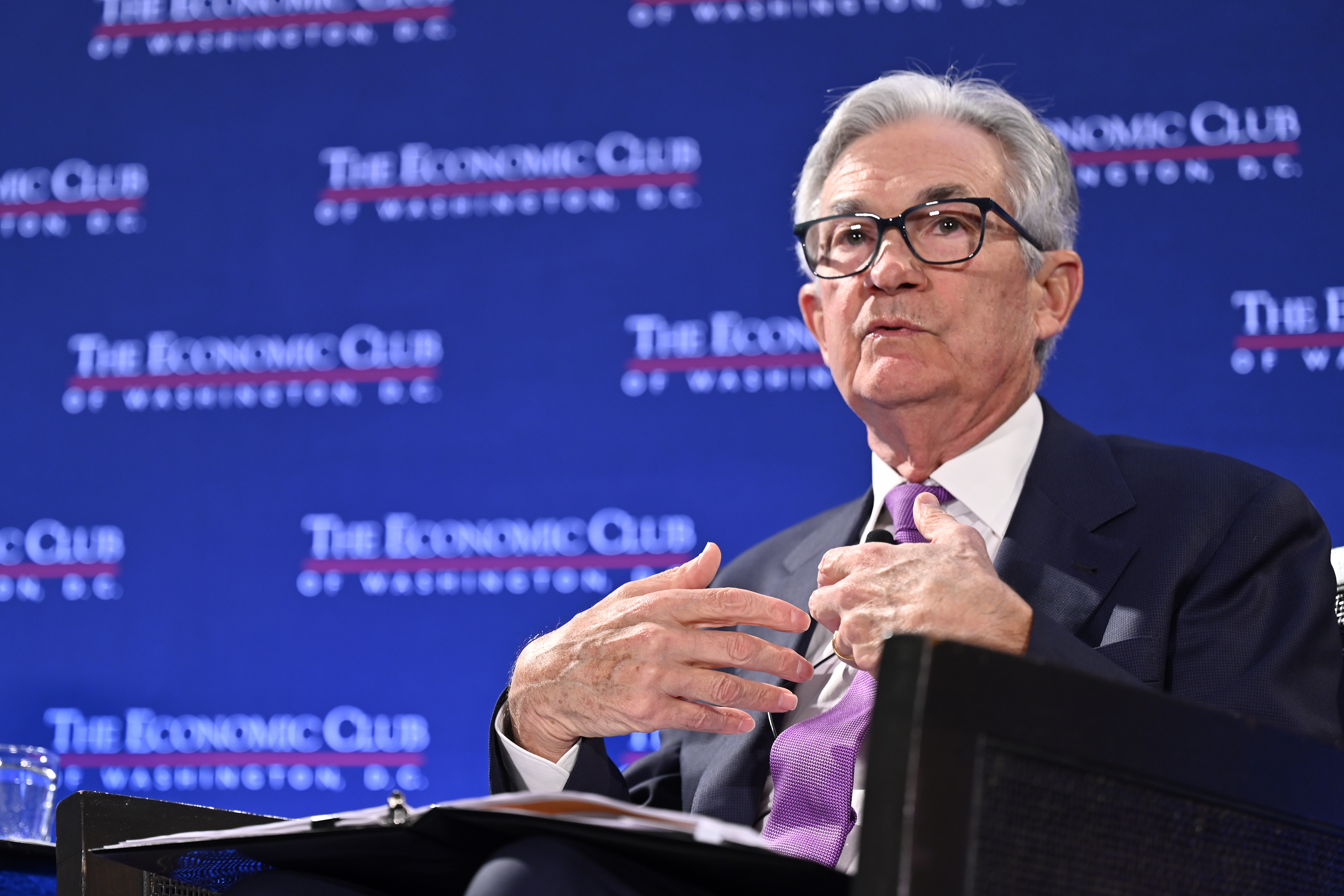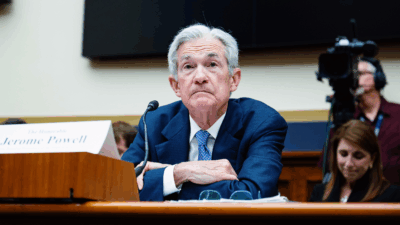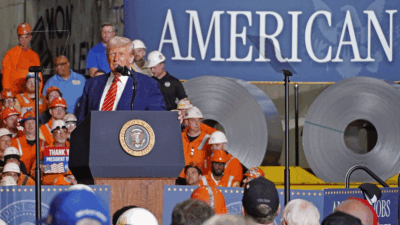
Sign up for smart news, insights, and analysis on the biggest financial stories of the day.
The US economy is still a giant version of the little engine that could, chugging along faster than nearly anyone expected.
On Thursday, just a day after Chairman Jerome Powell said the Fed no longer projects a recession, Commerce Department data showed that national GDP grew at a 2.4% rate year-over-year in the second quarter, outpacing most analyst expectations. I think I can, I think I can, I think I can… buy this thing, says the still-spending American consumer.
Lobbing Softballs
The soft-landing bulls are readying for a victory lap. The Fed’s interest rate hiking campaign, which reached a 22-year high on Wednesday, has apparently slowed generationally high inflation rates. But so far, it’s pulled off the feat without crimping a labor market still flirting with historically low unemployment. Initial claims for unemployment benefits, a sort-of proxy for unemployment, fell by 7,000 last week.
However, some of Powell’s Fed peers still view the hot job market as a buoy for inflated prices. And yet that strong labor market may also be fueling economic growth. Wage gains finally surpassed inflation in June, the first time in roughly two years, according to the Labor Department. Meanwhile, The Conference Board’s monthly Consumer Confidence Index this month hit its highest mark since July 2021. And that continued consumer spending, coupled with strong business investment, is driving GDP growth:
- Consumer spending grew 1.6% year-over-year in the second quarter, according to the Commerce Department. That’s down from the near-shopoholic 4.2% growth seen in Q1, but still stronger than most economists’ expectations.
- Meanwhile, business investment lept to 7.7% year-over-year growth in Q2 from just 0.6% in Q1. That reflects both a strengthening in supply chains and a massive influx in government investment in projects like EV battery and computer chip manufacturing plants.
“To me the most important signal out of [Thursday’s data] is that households continue to consume,” Eric Winograd, senior economist at AllianceBernstein, told the Financial Times. “And I don’t think we should expect the consumer to weaken until the labor market does.”
Too Hot to Handle? Thursday’s data amounts to good news, though some fear it’s too good. “This is the closest we’ve come to a Goldilocks scenario since the onset of the pandemic,” Diane Swonk, chief economist at KPMG LLP in Chicago, told Bloomberg. “What the Fed has to worry about is whether or not there will be a later rebound in inflation.” That’s… deflating. And not in the way Jerome Powell hopes.











